For over 400 years, sailors have reported a mysterious phenomenon where the ocean appears to glow as far as the eye can see. These events, known as "milky seas," have long puzzled both sailors and scientists. Descriptions of these glowing waters have been dismissed as myth or imagination, but recent scientific research is bringing us closer to understanding this elusive phenomenon.
Historical Accounts of Milky Seas
Historical accounts of milky seas date back centuries, with sailors describing the ocean as glowing with a phosphorescent light. For example, in 1967, J. Brunskill, an officer aboard the SS Ixion, wrote, "The sea from horizon to horizon in all directions took on a phosphorescence glow … the moon had just set and the whole sea was several shades lighter than the sky." Nearly a decade later, Captain P. W. Price aboard the MV Westmorland described a similar event in the Arabian Sea, noting that the sea "glared a brilliant and bright green" .
The Science Behind Milky Seas
Milky seas are a rare form of bioluminescence, thought to be caused by high concentrations of microscopic bioluminescent bacteria called *Vibrio harveyi*. These bacteria emit a steady, even glow, unlike the transient sparkles produced by bioluminescent plankton. The glow is strong enough to read by and can cover vast areas of the ocean, sometimes stretching over 100,000 square kilometers (about 39,000 square miles) and lasting for months .
In 1985, a research vessel collected water samples during a milky sea event, confirming the presence of *Vibrio harveyi*. Scientists hypothesize that these bacteria glow to attract fish, which then consume the bacteria and allow them to thrive in the fish's gut .
The New Database and Predictive Insights
Justin Hudson, a doctoral student at Colorado State University, has compiled over 400 known sightings of milky seas into a new database published in the journal *Earth and Space Science*. This database aims to help scientists predict when and where these events will occur, allowing for more targeted research .
The database reveals that milky seas primarily occur in the Arabian Sea and Southeast Asian waters, regions that experience ocean upwelling, where cooler, nutrient-rich waters rise to the surface. These events may also be influenced by global climate patterns such as the Indian Ocean Dipole and the El Niño Southern Oscillation .
Implications for Marine Ecosystems and Climate Change
Understanding milky seas is crucial for several reasons. These events could indicate a healthy ecosystem, as they are associated with high biological activity. However, they could also signal an imbalance, as the bacteria responsible for the glow are known to be harmful to fish populations .
Dr. Edith Widder, an oceanographer and marine biologist, highlights the potential impact on marine life: "Light is a critical determinant of animal distributions and behaviors in the ocean. What happens to that daily game of hide and seek when the animals that need to hide are illuminated by all that glowing bioluminescence? What is the impact on the carbon cycle?" .
Future Research and Exploration
The new database offers a foundation for future research, helping scientists predict and study milky seas more effectively. This could provide insights into how climate change affects these events and their broader impact on marine ecosystems .
As scientists continue to unravel the mystery of milky seas, they hope to witness these events firsthand and gain a deeper understanding of their ecological significance. With each new discovery, we move closer to unlocking the secrets of these glowing oceans that have captivated sailors for centuries .

By Olivia Reed/Apr 14, 2025
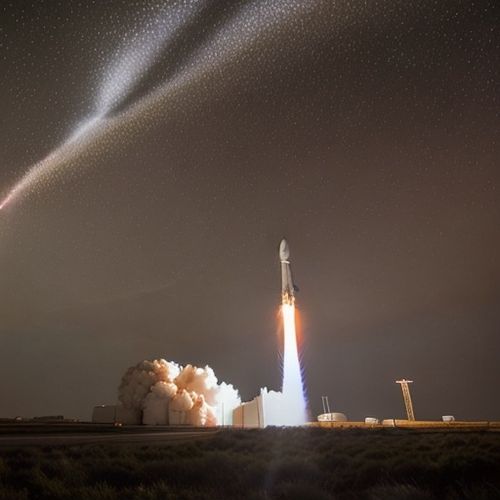
By Sophia Lewis/Apr 14, 2025
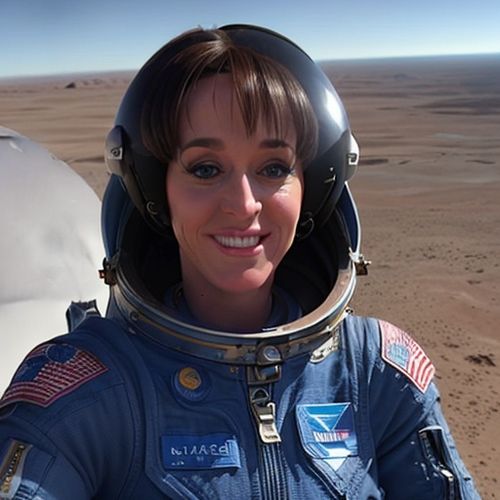
By Noah Bell/Apr 14, 2025
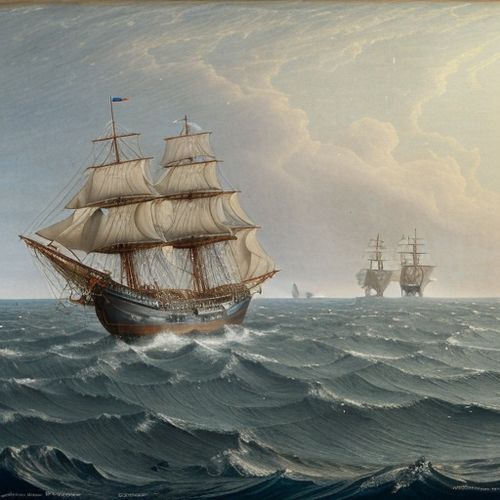
By Eric Ward/Apr 14, 2025
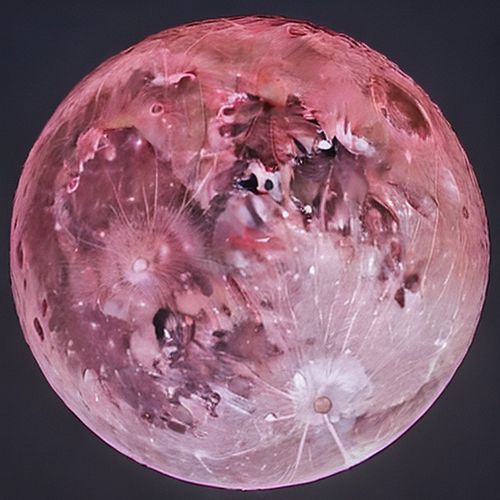
By Sophia Lewis/Apr 14, 2025

By Sarah Davis/Apr 14, 2025
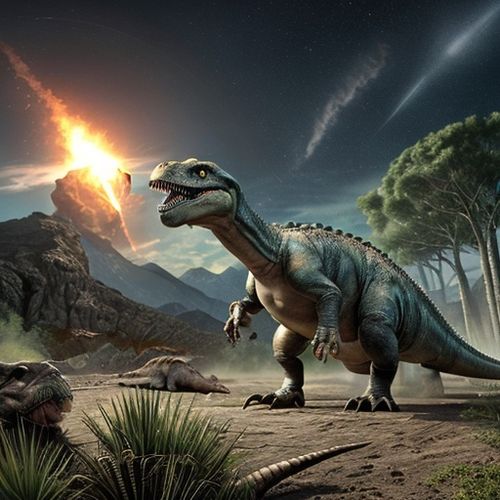
By William Miller/Apr 14, 2025

By James Moore/Apr 14, 2025

By Eric Ward/Apr 14, 2025
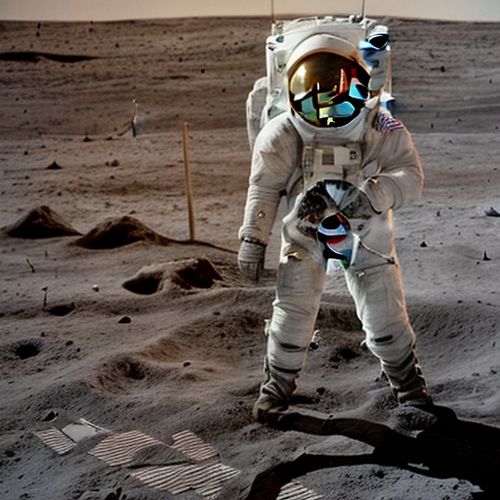
By Grace Cox/Apr 14, 2025

By Rebecca Stewart/Apr 10, 2025

By Grace Cox/Apr 10, 2025

By Thomas Roberts/Apr 10, 2025

By James Moore/Apr 10, 2025
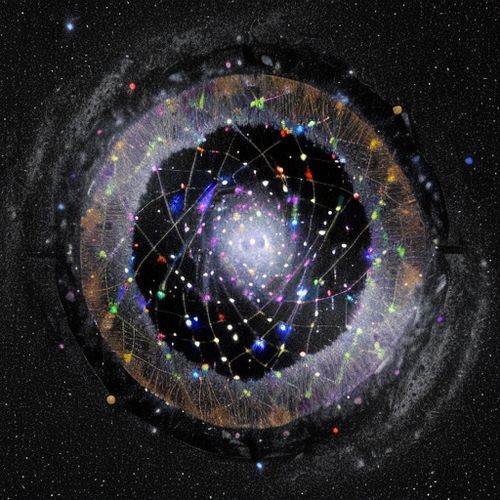
By Laura Wilson/Apr 10, 2025
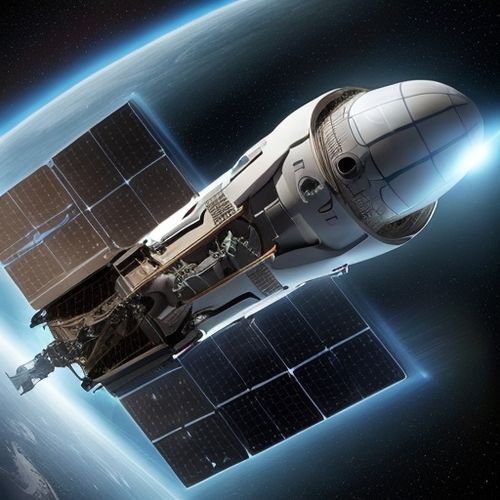
By John Smith/Apr 10, 2025

By James Moore/Apr 10, 2025

By Olivia Reed/Apr 10, 2025
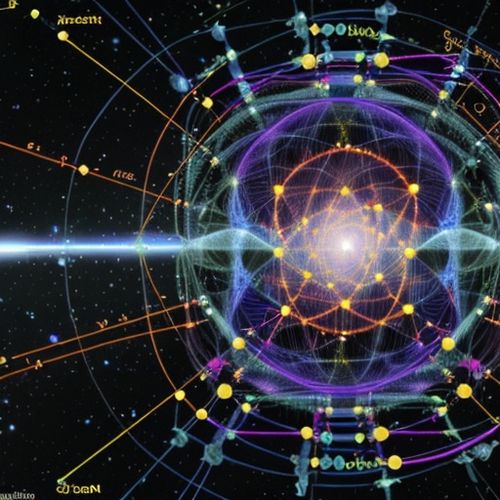
By Eric Ward/Apr 10, 2025